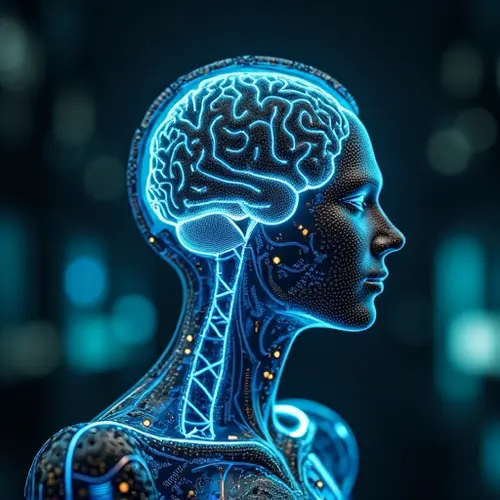
Neuralink and the Future of Brain-Computer Interfaces
Neuralink, Elon Musk's neurotechnology company, has made significant strides in developing brain-computer interfaces (BCIs). As of 2025, the company has successfully implanted its N1 device in three human volunteers, marking a milestone in the field. These implants enable users to control computers and perform tasks like browsing the web and playing games using only their thoughts.
Progress and Challenges
Neuralink's journey has not been without hurdles. The company faced criticism for its animal testing practices and the ethical implications of its research. However, its recent human trials have shown promise. For example, Noland Arbaugh, one of the volunteers, demonstrated the ability to control a computer mouse and play chess using the implant. Despite setbacks like electrode retraction, Neuralink has continued to refine its technology.
Competitors in the BCI Space
Neuralink is not alone in this race. Companies like Synchron, Paradromics, and Precision Neuroscience are also developing advanced BCIs. Synchron, for instance, has a device that can be inserted through blood vessels, offering a less invasive alternative to Neuralink's approach.
The Road Ahead
Neuralink aims to expand its human trials in 2025, with plans to implant devices in 20 to 30 more volunteers. The company is also working on improving its surgical robot, R1, to automate the implantation process. Additionally, Neuralink is developing a vision-restoring implant called Blindsight, which has received breakthrough designation from the FDA.
As the technology evolves, the potential applications of BCIs are vast, from restoring mobility to paralyzed individuals to enhancing human cognition. However, ethical and regulatory challenges remain, and the industry must address these to ensure the safe and equitable use of BCIs.

 Nederlands
Nederlands
 English
English
 Deutsch
Deutsch
 Français
Français
 Español
Español
 Português
Português